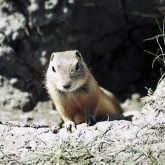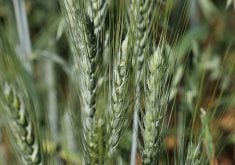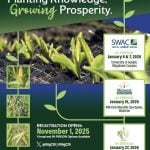Information from weather monitoring centres, as well as data on past precipitation and disease events, will be used in the app
Calls for better sclerotinia stem rot forecasting tools for canola growers may soon be answered with the development of a new sclerotinia risk assessment app.
Lone Buchwaldt of Agriculture Canada is leading the app’s development and is collaborating with the Weather Innovation Network (WIN), the Canola Council of Canada, Sask Canola, extension staff and growers.
The app will work off the same metrics used by an interactive version of the sclerotinia stem rot checklist on Sask Canola’s, which includes the number of years since last canola crop, disease incidence in the last host crop, crop density, rain in the last two weeks, weather forecast and the percent of sclerotia germination in a local sclerotia depot.
Read Also
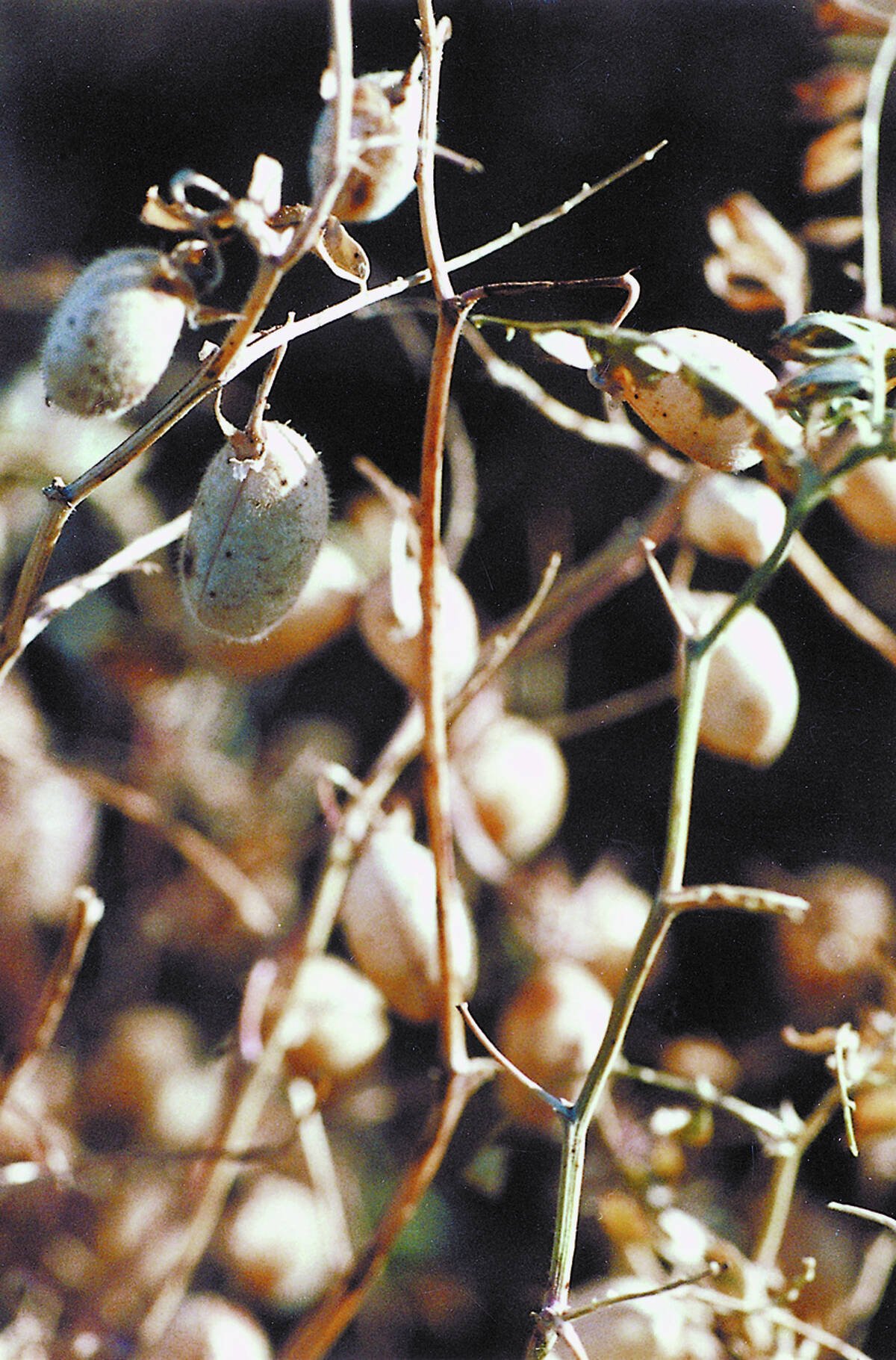
Low-quality chickpeas in abundance this year
There are plenty of low quality chickpeas to move this year but the pet food market is already oversupplied with product.
The app will access precipitation information from hundreds of WIN weather monitoring centres on the Prairies and 50 federal and provincial stations.
Local precipitation data will be automatically pulled into the app, while app users will enter the information for their specific fields in the other matrices.
“I have a contract with Weather Innovations Network, so I am paying them to supply a prototype in the spring of 2017,” Buchwaldt said. “That is phase one of the app development, where we have rainfall data from WIN weather stations.”
Information for the metric called “the percent sclerotia germination in a local depot” depends on 200 sclerotia depots located in prairie fields.
“I invented the use of depots, where we have sclerotia inserted in the soil after they have been vernalized,” she said.
“Volunteers, whether in extension or growers, visit the field and record how many sclerotia have germinated.”
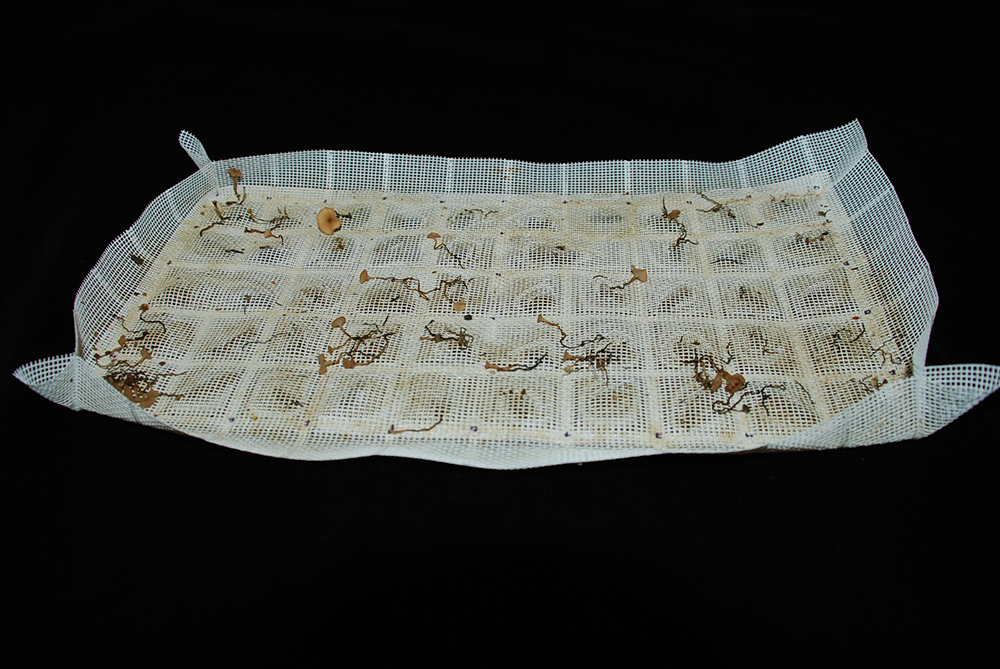
A sclerotia depot removed from the soil showing some sclerotia have germinated with apothecia. | photo supplied by Lone Buchwaldt
Buchwaldt originally developed this sclerotinia forecasting method with the use of depots in Denmark, and is now adapting the technique for the Prairies.
“Volunteers use their smartphones to access a server, where they submit their observations online,” she said.
“Everyday we visit the server and download the germination data and produce a map of the prairie provinces, which we put on the Sask Canola website.”
She is still looking for volunteers to manage depots; interested people should email her at lone.buchwaldt@agr.gc.ca.
A risk assessment calculator will be included in the first phase of the app, which has a 3D display that describes the relationship between canola yield, seed sale price and the cost of fungicide application. This enables growers to calculate the economics of the fungicide application.
It will allow growers to select a point that is specific to each field to help them quickly calculate field specific risk and whether there is an economic benefit to applying a fungicide at that risk level.
It will be tested by a select group of people this year and will hopefully be offered to the public free of charge in 2018.
The second phase of the app’s development will include an evaluation of the risk assessment thresholds in the sclerotinia stem rot checklist on which the app is based.
Three to five years of field-collected data will be used to look at the effect of rainfall on sclerotinia germination, and this statistical relationship will be used to reassess the threshold.
“The second phase, we need a research project where we have an in-depth survey on the canola in relation to crop rotation and sclerotinia pressure, and many other variables,” Buchwaldt said.
The importance of the disease history in fields will also be reassessed, and researchers will evaluate whether another risk assessment point for different soil zones or soil types should be included.
On-farm harvest data will be used to compare fungicide-applied and non-fungicide applied areas within the same field to help the app’s development team better calculate the risk assessment threshold for spraying fungicides.
Buchwaldt said she wants to do an in-depth disease survey because the historical data of sclerotinia incidence in Saskatchewan is soft.
“When I went out in 2010, my survey was completely different than the public one, and I really don’t know what’s going on,” Buchwaldt said.
She said it’s important for growers to understand that incidence and severity are two different things, and that what matters is infection of the main stem of the canola plant rather than a side branch.
“The cutoff is 10 to 15 percent of plants, but it has to be the main stem that is infected. If every little side branch is counted as an infected plant, then our interpretation becomes confused.”
“I hope this app will be unbiased advice, as opposed to now where the advice often comes from the people selling the fungicides, the fungicide reps or reps in general.”




